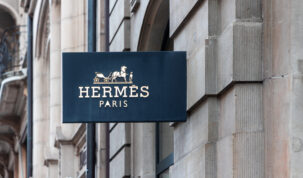On July 24, the European Commission published a press release concerning its report on seizure of counterfeit goods during 2011 in the EU (see the full report).
It turns out that seizure of suspected counterfeit goods increased some 15 % compared to 2010. Top categories are medicines (24 %), packaging material (21 %) and cigarettes (18 %). China continues to be the main source of origin for these goods (73 %). It is also important to note that out of all detained postal packages, a worrying 36 % concerned medicines.
Sadly, the press release is no surprise. The problem of counterfeit goods is not new and we know it is increasing. The true number of counterfeit goods entering the EU, however, must be many times higher than what the customs authorities manage to seize. This in itself is troubling. More worrying is that medicines is at the top of these seizures, as fake medicines may actually harm people severely. In addition to personal health, fake goods may affect consumer loyalty and severely damage the reputation built up by the brand owner. All in all, the constant and evidently growing influx of counterfeit goods into the EU is a serious problem.
The only positive note is that over 90 % of all the goods seized were either destroyed or brought to court, which indicates that the work of the customs authorities is fruitful. It also shows the importance of filing customs applications to give the customs authorities the best possible information to detect suspected counterfeit goods.
To combat the negative trend of counterfeit goods, right holders need to take an active part in aiding customs authorities to detect counterfeit goods by lodging customs applications to a greater extent than today. Besides this, the EU may wish to establish specialized courts and a speedier and less costly procedural framework for court cases concerning seized goods. Finally, a reverse burden of proof concerning the authenticity of the goods may have a positive impact as well.
Most of all, however, we as consumers must make a stand. Rejecting counterfeit goods, if we can tell they are, will be the greatest weapon against counterfeiting.
Mattias Karlsson, Attorney at Law




